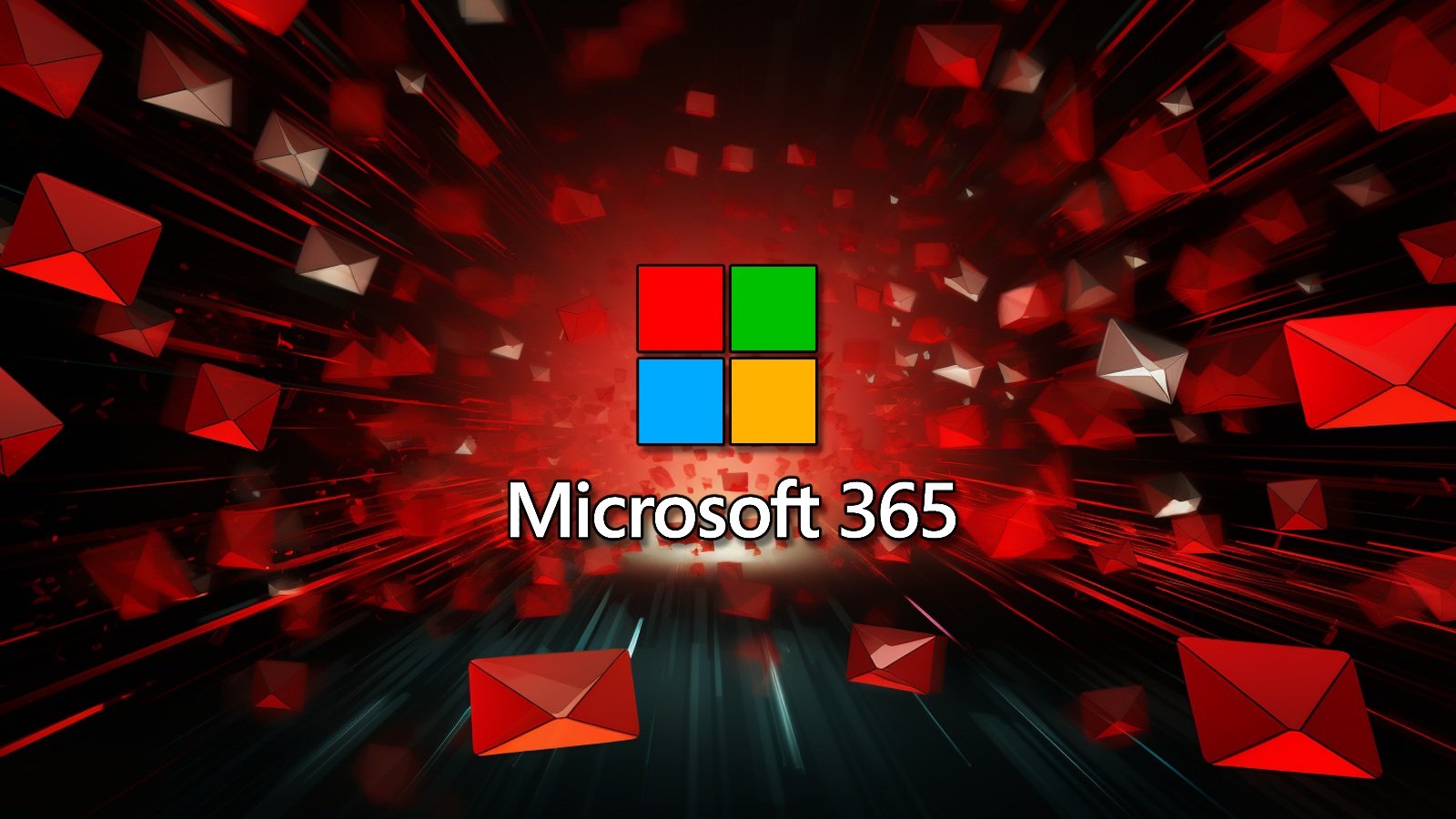Leaking URLs
Strange situation I'm looking for some advice on. We have an internal web app, that whilst hosted publicly in the cloud, has strong access controls (SSO to our IdP) and shows no signs of having been breached. However, we're seeing sporadic requests from various countries to suspiciously specific paths that shouldn't be public knowledge. These requests aren't authenticated, so they are redirected to the login screen. This means they're essentially harmless, but it's perplexing how people know...

